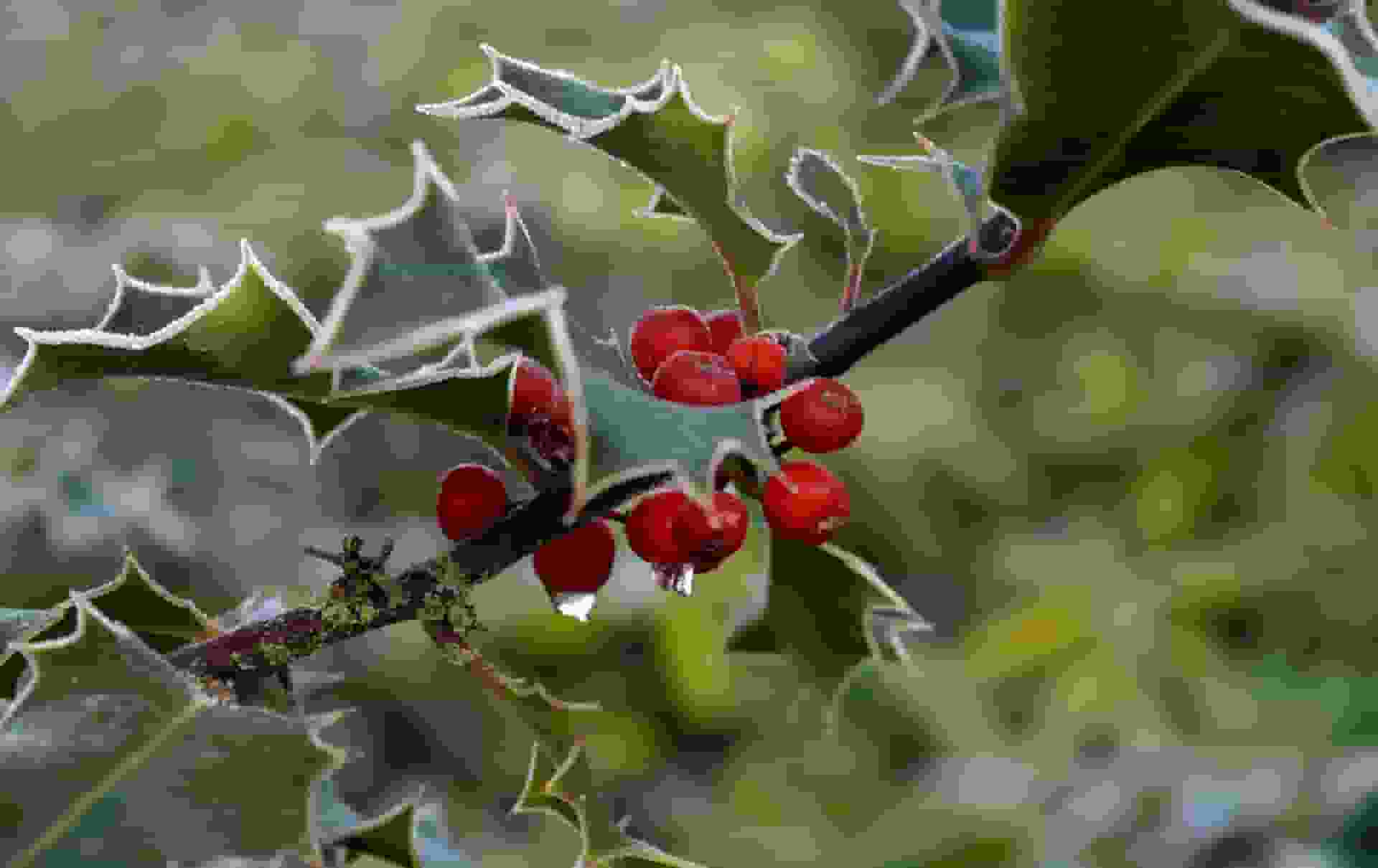Mistletoe grows in clumps at the tops of the trees in the thick forests of southern Missouri. Missourians may infrequently see it on sycamores, elms, river birches, and oaks along the state’s waterways. It can grow five feet tall and spread out in tangled balls.
Nesting birds like house wrens, chickadees, and mourning doves frequent these areas. It’s also a good place for squirrels to set up shop.
What Is A Mistletoe?
There are about 1,300 different kinds of mistletoe in the wild. There are around 30 different species in the continental United States and Canada, with an additional 6 found in Hawaii. Parasitic in nature, mistletoes can only survive by feeding on other plants.
Oak mistletoe is the most common type in the eastern United States. The genus name, Phoradendron, translates to tree thief in Greek and is also the name of the most common species of mistletoe in North America.
Since at least the first century, when the Celtic Druids viewed mistletoe as a critical emblem of life and health, it has played a significant role in various folktales and romantic traditions.
Mistletoe is responsible for the tradition’s inception, as it remains lush and green even in winter when most plants perish dormant. Since it flourished despite the cold, the Celts reasoned that it must benefit human health.
Over 1,300 species of mistletoe can be found on every continent, excluding Antarctica, and other cultures independently arrived at these findings. A good name for the plant that endured for centuries was finally altered when the English were the first to link it with making out.
The legend holds that any woman standing under a mistletoe may be kissed by any guy who wishes to do so. Of course, even their mythology had its bounds. One of the plant’s white berries must be taken from a limb to employ the mistletoe for its intended purpose of kiss theft. It lost its ability to make you kiss it when it ran out of berries.
Read more: Here’s how your blood type related to your heart’s health!
Why It’s A Parasite For Some?

Mistletoe is an actual parasite, which is something that many people do not realize. A parasite is a living creature that receives all of its nutrition and survival needs from another organism but provides no food or shelter in return. If you want to put it another way, it’s getting by stealing from another organism.
The mistletoe in this scenario does engage in photosynthesis to generate energy, but it cannot sustain itself without assistance. Instead, mistletoe is found clinging to the trunks of massive trees, where it takes what it needs.
Mistletoe can infect trees because it sends out microscopic structures that break through the bark. Tiny tubes enter the tree and look for its plumbing system, the conduits via which water and nutrients travel from the roots to the rest of the tree. Mistletoe is a parasite that will drain essential nutrients and water once it gains access to a plumbing system.
If you think this makes mistletoe sound like a typical lousy plant, continue on. When it comes to the environment, this parasite really has certain benefits.
Before going into hibernation for the winter, plants extract nutrients from their leaves and store them in the tree trunk to be ready to use in the spring.
Read more: Paid family Leave: New York advocates urge to change law, include stillbirth


